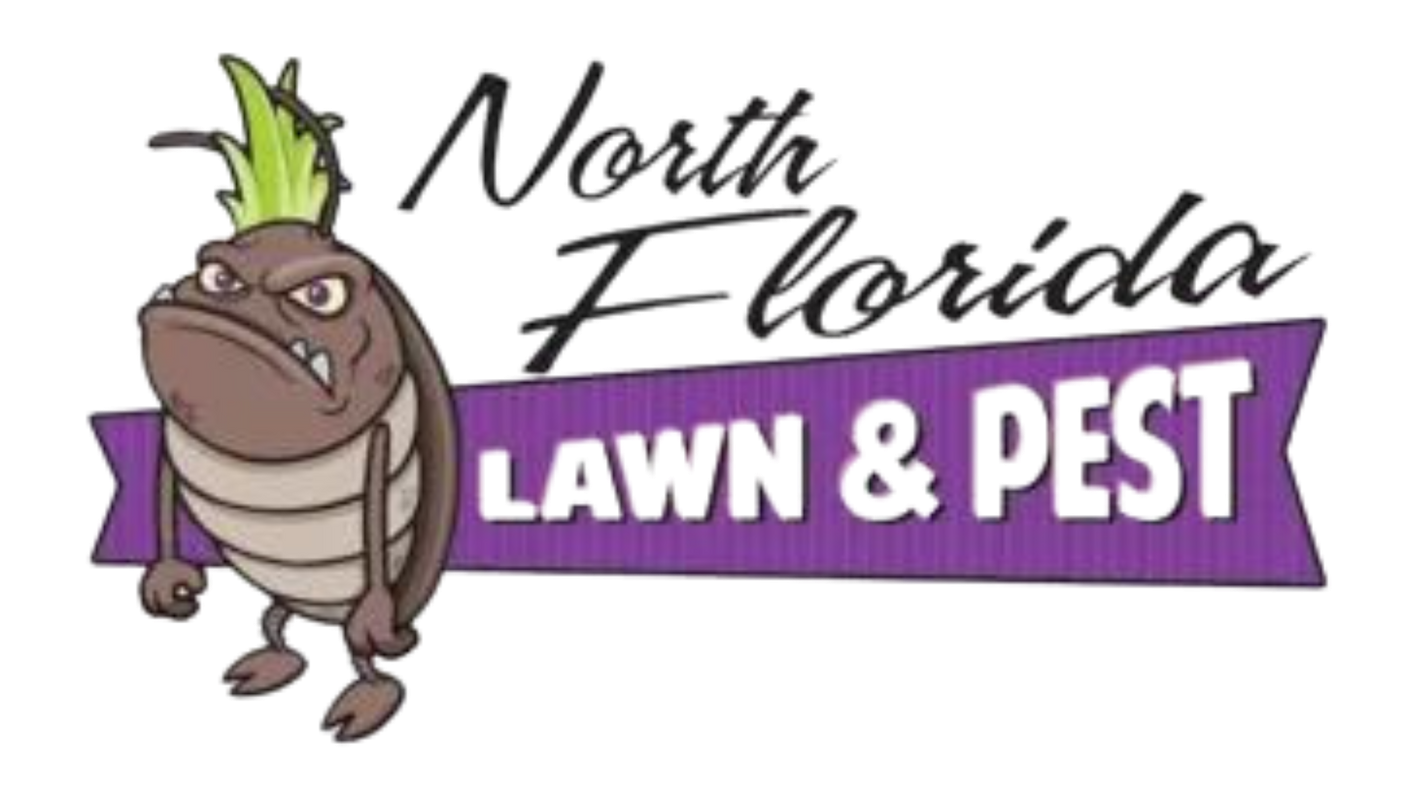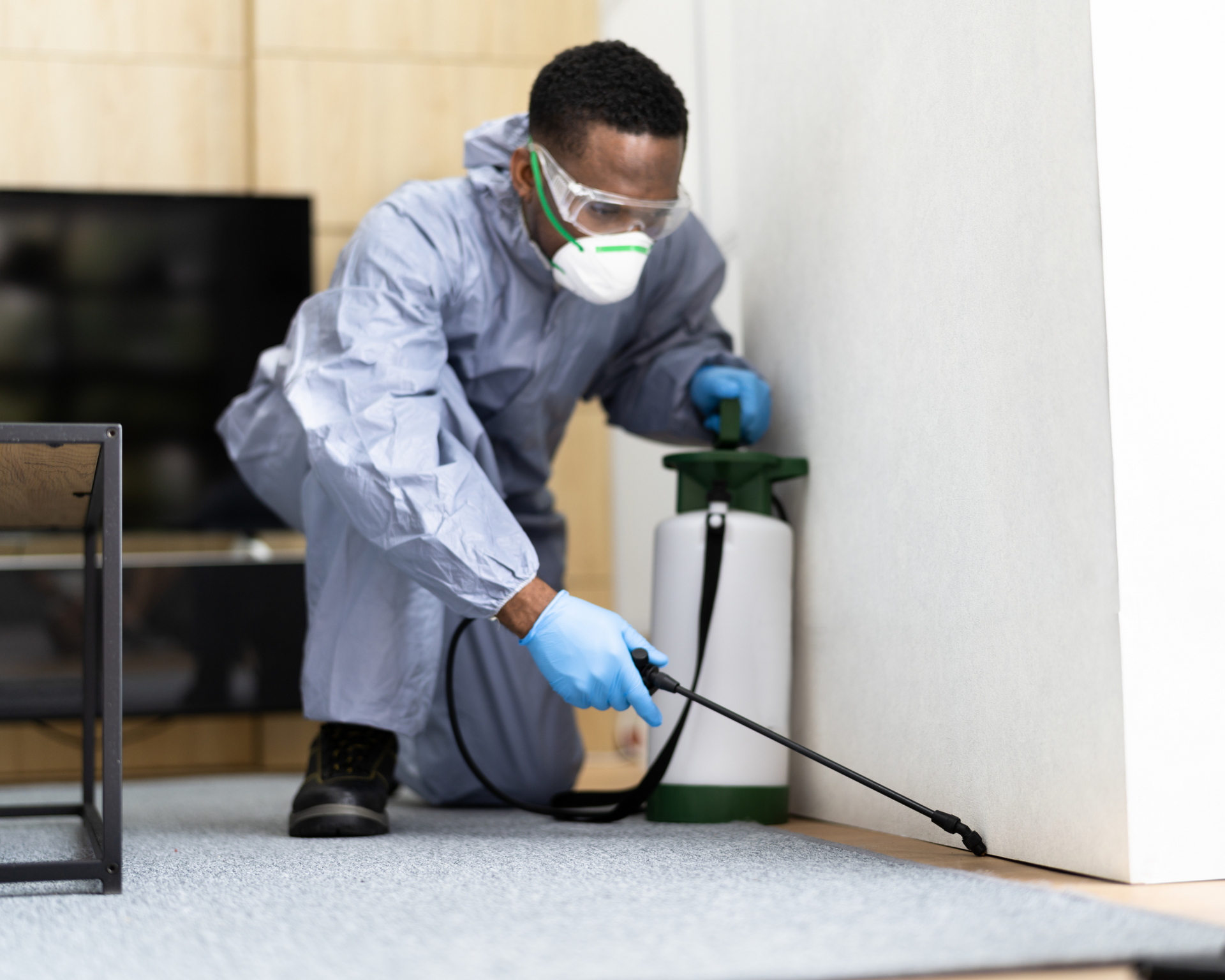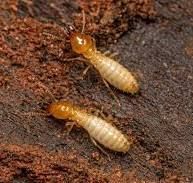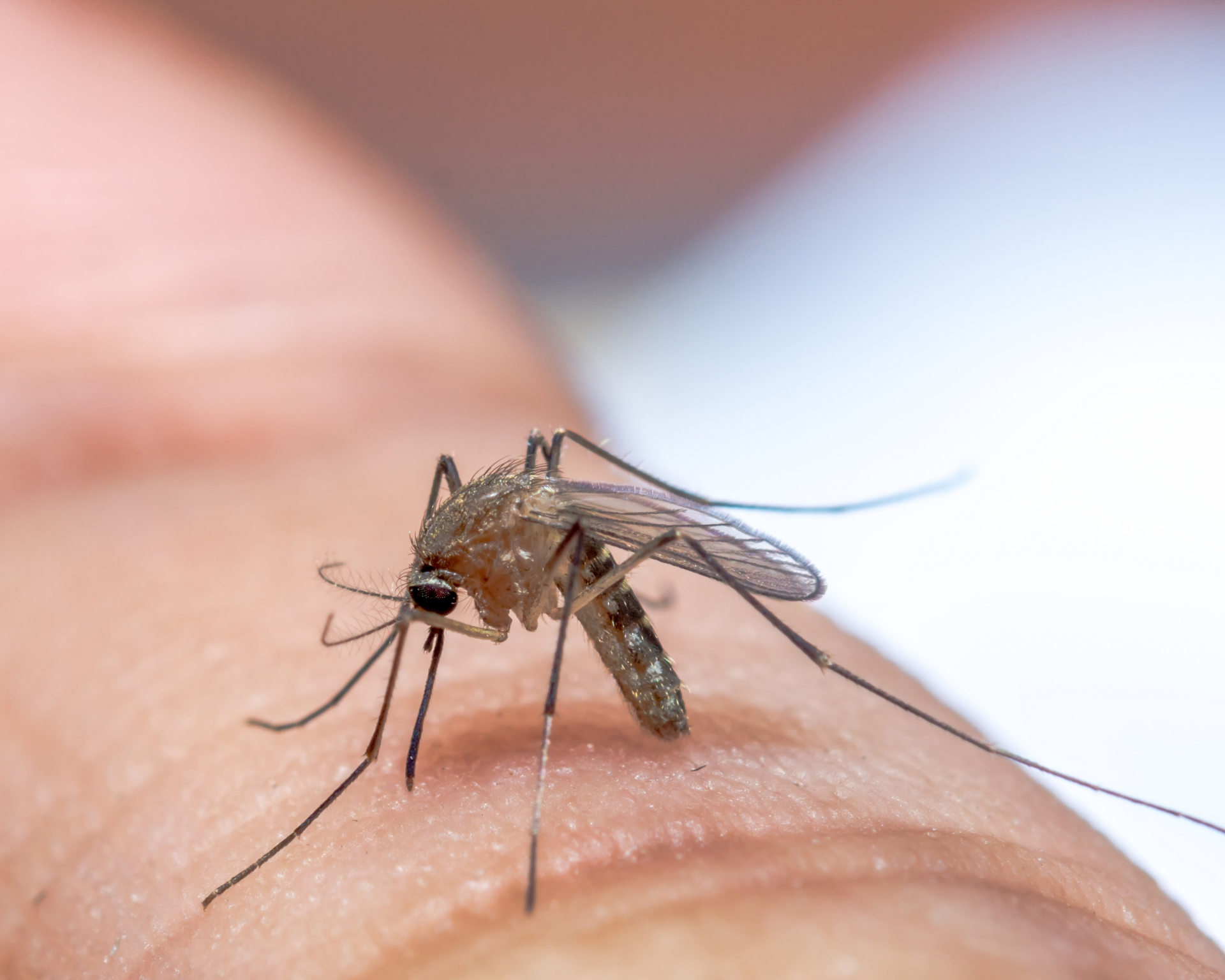How long does it take for pest control spray to dry?
How Soon Can You Reenter After Pest Control Spray?
Understanding the drying time of
pest control spray is essential to ensure both safety and effectiveness. Typically, pest control sprays are designed to be quick-drying, minimizing any inconvenience for homeowners. But just how long should you wait before re-entering treated areas? Here’s a detailed breakdown to guide you on the recommended drying times and safety tips.
Average Drying Time for Pest Control Spray
On average, pest control sprays require between 30 minutes to two hours to dry completely, though specific drying times may vary depending on the type of treatment used and the environmental conditions in your home. Warmer temperatures and good ventilation can help accelerate drying, while high humidity might lengthen the process slightly. Always consult with your pest control technician to confirm the drying time for the particular treatment applied in your home.
Factors Affecting Drying Time
Ventilation
Good ventilation can significantly speed up the drying process. Open windows and use fans if possible, especially in smaller or enclosed spaces. This airflow helps the treatment settle and dry faster, ensuring your home is ready to be occupied sooner.
Humidity Levels
High humidity can prolong the drying time of pest control sprays. In areas with naturally higher humidity, or on particularly humid days, it may take a bit longer for the spray to dry. If possible, adjust indoor settings to reduce humidity or wait a little longer before re-entering treated areas.
Surface Type
Different surfaces also affect how quickly pest control spray dries. Hard surfaces, like tile and wood, typically dry faster than carpet or upholstery. Pesticides are often designed for maximum absorption on surfaces pests frequent, so allowing full drying time ensures the treatment’s effectiveness.
When It's Safe to Re-Enter Treated Areas
Once the drying time recommended by your pest control technician has passed, you can safely return to treated areas. Re-entering too soon may reduce the spray's effectiveness and could expose you or your family to chemicals that have not fully settled. As a general rule of thumb, waiting two hours is usually sufficient, but always verify with your technician if specific instructions apply.
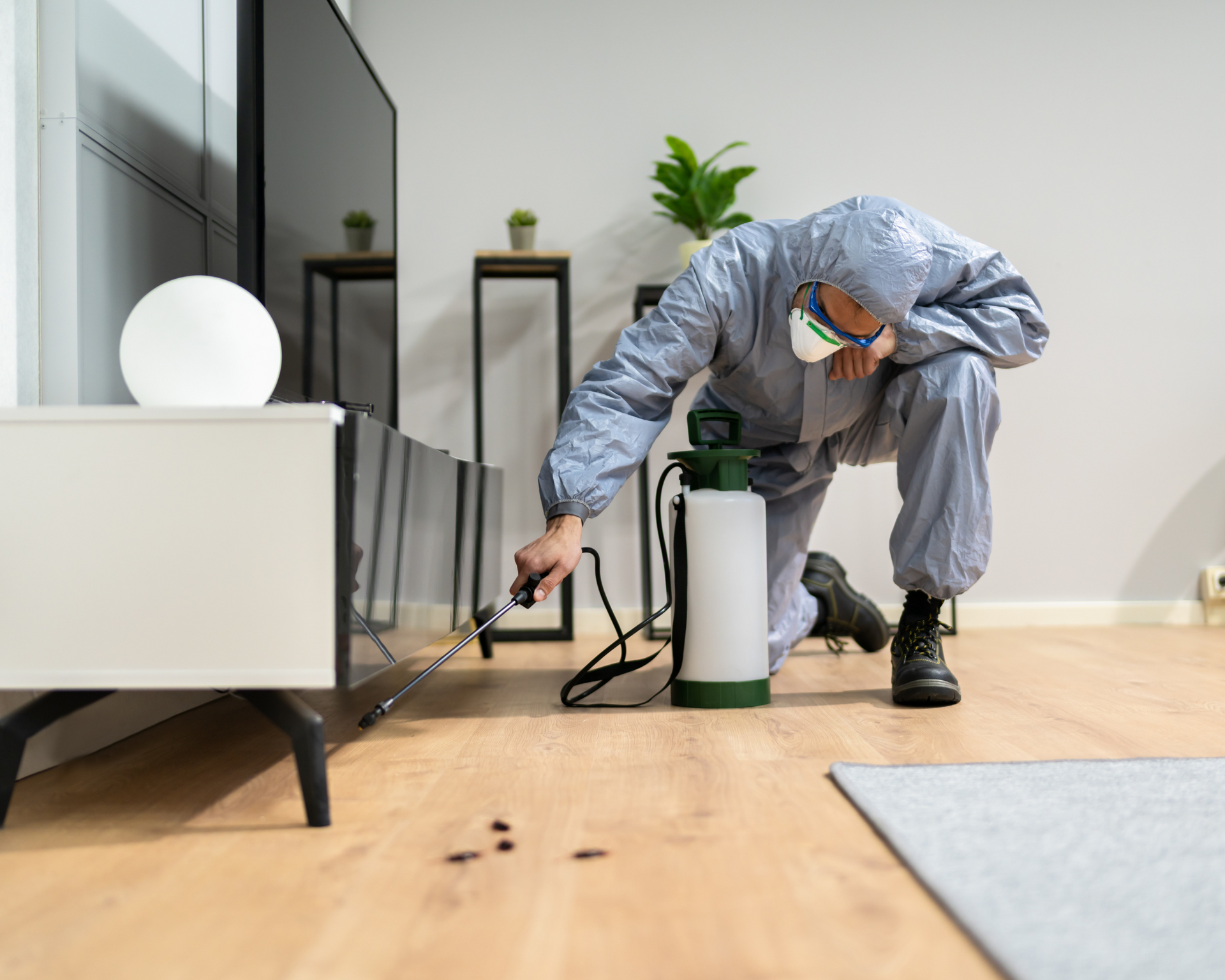
Steps to Take After Pest Control Spray Dries
Ventilate the Space
Once the drying period is complete, continue ventilating treated rooms for a few hours to clear any lingering smell. This can help make your home more comfortable for re-entry, especially for children, pets, or those sensitive to strong scents.
Avoid Cleaning the Treated Areas
It’s best to avoid mopping, vacuuming, or wiping down surfaces where the pest control spray was applied for at least a week. Cleaning too soon can disrupt the effectiveness of the treatment, as you might remove or dilute the residual chemicals left behind to combat pests. However, if you must clean, check with your pest control provider for specific guidance.
Important Safety Tips
Keep Pets and Kids Away
While the spray is drying, keep pets and children out of treated areas. Their smaller bodies are often more sensitive to chemical exposure, so keeping them away during this period is crucial. If outdoor areas were treated, ensure pets do not walk through damp surfaces, as residual chemicals might stick to their paws.
Monitor for Increased Pest Activity
After the treatment, it’s common to notice increased pest activity. The treatment may initially disrupt pest hiding spots, making pests more visible. This increased activity usually subsides within a few days as the treatment takes full effect.
Allowing adequate drying time for pest control spray is an essential step for both the effectiveness and safety of the treatment. By following these guidelines and any additional advice from your pest control provider, you can maintain a safe and pest-free home environment.
Want To Learn More? Contact Us
Contact Us for additional advice on pest control treatments and safety protocols, feel free to reach out to our team. We’re here to help keep your home safe, comfortable, and free from pests with our reliable and eco-friendly solutions.
Like this post? Share it here...
